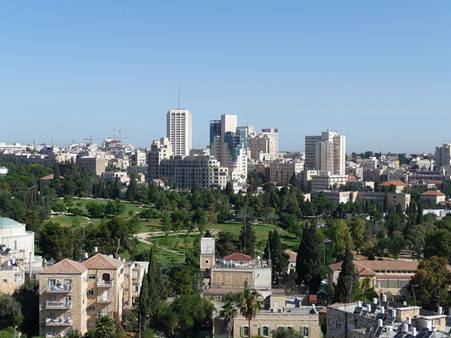 | ||
In west jerusalem 09 07 2013
West Jerusalem or Western Jerusalem refers to the section of Jerusalem that remained under Israeli control after the 1948 Arab–Israeli War, whose ceasefire lines delimited the boundary with the rest of the city, which was then under Jordanian control. A number of western countries such as the United Kingdom and the United States acknowledge de facto Israeli authority, but withhold de jure recognition. Israel's claim of sovereignty over West Jerusalem is considered to be stronger than its claim over East Jerusalem.
Contents
- In west jerusalem 09 07 2013
- David broza feat wyclef jean east jerusalem west jerusalem
- Division in 1949
- Capital of Israel
- Reunification
- Mayors of West Jerusalem
- References
David broza feat wyclef jean east jerusalem west jerusalem
Division in 1949
The United Nations Partition Plan for Palestine made of Jerusalem and its area an international city.
Following the 1948 Palestine war, Jerusalem was divided into two parts: the western portion, populated mainly by Jews, came under Israeli rule, while East Jerusalem came under Jordanian rule and was populated mainly by Palestinian Muslims and Christians.
Arabs living in such western Jerusalem neighbourhoods as Katamon or Malha were forced to leave; the same fate befell Jews in the eastern areas, including the Old City of Jerusalem and Silwan. Almost 70% of the land in West Jerusalem in the pre-mandate period had been owned by Palestinians, a fact which made it hard for the evicted Palestinians to accept Israeli control in the West. The Knesset (Israeli Parliament) passed laws to transfer this Arab land to Israeli Jewish organizations.
The only eastern area of the city that remained in Israeli hands throughout the 19 years of Jordanian rule was Mount Scopus, where the Hebrew University of Jerusalem is located, which formed an enclave during that period and therefore is not considered part of East Jerusalem.
Capital of Israel
Israel established West Jerusalem as its capital in 1950. The Israeli government needed to invest heavily to create employment, building new government offices, a new university, the Great Synagogue and the Knesset building. West Jerusalem became covered by the Law and Administrative Ordinance of 1948, subjecting West Jerusalem to Israeli jurisdiction.
Reunification
During the Six-Day War in 1967, Israel captured the eastern side of the city and the whole West Bank. Over the following years, their control remain tenuous, the international community refusing to recognise their authority and the Israelis themselves not feeling secure.
In 1980, the Israeli government annexed East Jerusalem and reunified the city but the international community disputed this. The population of Jerusalem has largely remained segregated along the city's historical east/west division. The larger city contains two populations that are "almost completely economically and politically segregated... each interacting with its separate central business district", supporting analysis that the city has retained a duocentric, as opposed to the traditional monocentric, structure.
